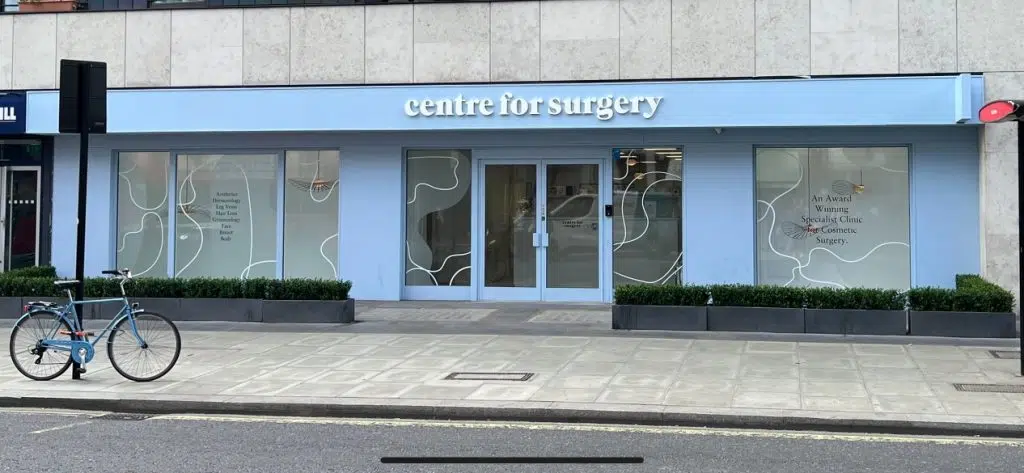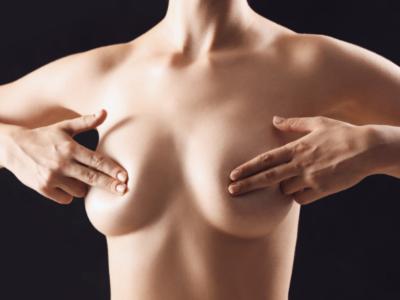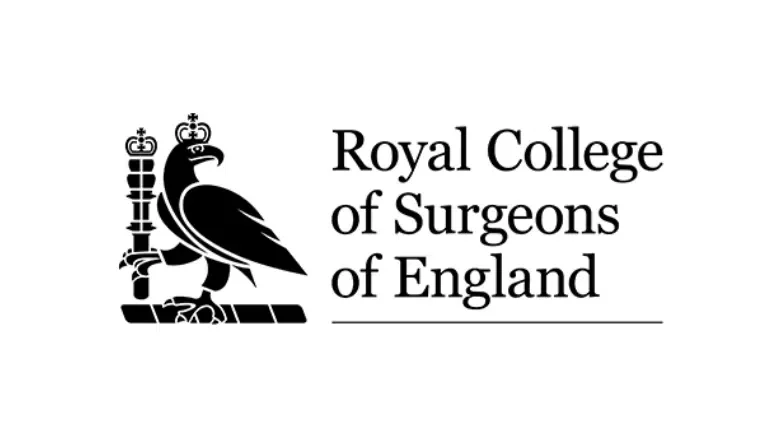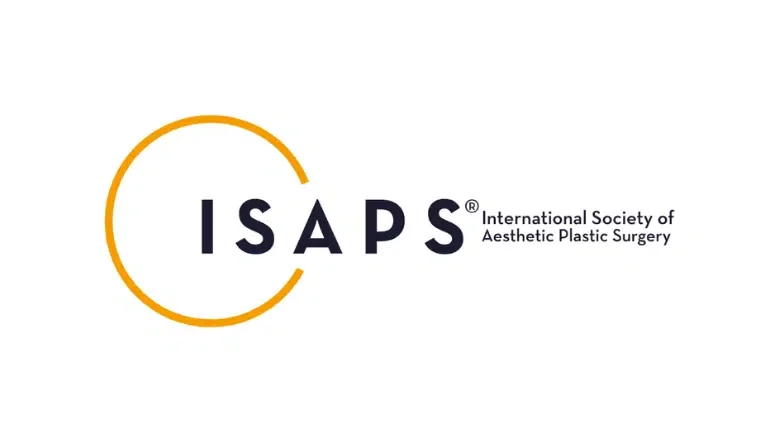Breast implant rippling is a topic that concerns many women in the UK who have undergone breast augmentation surgery. Breast implant rippling refers to the wrinkling or creasing of the implant’s surface, which can be felt or seen by the patient. Although it’s a relatively common complication, most breast augmentation patients are unaware of it.
To understand the visible rippling of implants, it’s essential to know what causes it. Rippling occurs when the implant’s shell folds or wrinkles, usually due to the lack of tissue coverage over the implant. This lack of tissue coverage can be caused by a variety of factors, such as the size of the implant, the type of implant, the placement of the implant, and the patient’s body type.
RELATED: Choosing the Right Breast Implants for Your Body and Goals
However, not all patients are equally at risk of experiencing breast implant rippling. For instance, women with very little breast tissue or those who opt for larger implants are more prone to develop visible rippling. Moreover, saline implants are more likely to ripple than silicone implants due to the differences in their texture and consistency.
If you’re considering breast augmentation surgery, you might wonder if there’s anything you can do to minimise your risk of developing visible rippling. Fortunately, there are several strategies that you and your surgeon can implement. For example, choosing a smaller implant size, opting for a textured implant, placing the implant under the chest muscle, or considering fat grafting can all help reduce the likelihood of visible rippling.
Does implant placement affect the risk of breast implants rippling?
When it comes to avoiding visible breast implant rippling, careful procedure planning is crucial. This complication usually occurs when there is poor tissue coverage over the implant. At Centre for Surgery, your surgeon will conduct a thorough assessment of your existing breast tissue during your breast augmentation consultation to determine the most suitable implant placement for your case.
Breast implants can either be placed above or below the chest muscle. If you have moderate breast tissue, it’s generally not advisable to place the implant above the muscle as it can result in more visible rippling. This is because the implant sits just behind the existing breast tissue, which can cause it to show through the skin.
Placing the implant below the muscle is a more common option, and it can reduce the risk of visible rippling. However, even with this placement, it’s important to note that the muscle doesn’t completely cover the implant. As a result, visible rippling may still occur, especially towards the centre of the cleavage or on the side of the breast. Your surgeon can discuss these potential issues with you during your consultation and provide recommendations on how to minimise your risk of experiencing visible rippling.
Breast implant rippling and type of implants
Breast implant rippling is a potential complication of breast augmentation surgery where ripples or wrinkles can be visible on the surface of the breast implant. This can occur when the implant is not adequately supported by the surrounding tissue, resulting in the implant’s movement and deformation.
The risk of breast implant rippling can be influenced by various factors, including the type of implant used, the size of the implant, and the placement of the implant.
In general, round implants are more prone to rippling than anatomically-shaped implants. This is because round implants have a uniform shape, and any slight movement can cause the implant to wrinkle or ripple. In contrast, anatomically-shaped implants are designed to mimic the natural shape of the breast, and their varying shape and texture can help to reduce the risk of rippling.
The size of the implant is also a significant factor in the risk of breast implant rippling. Larger breast implants are more prone to rippling than smaller ones, as they place more stress on the surrounding tissue and are more likely to shift or move.
The importance of maintaining a stable weight post-surgery
Maintaining a stable weight after a surgical procedure is essential to ensure optimal results and prevent complications. Significant weight fluctuations can affect the skin’s elasticity and the underlying muscles, which can compromise the surgical outcome.
For instance, in facelift surgery, weight gain can cause the skin to stretch and sag, undoing the procedure’s results. Similarly, after an abdominoplasty, weight gain can lead to the stretching of the abdominal muscles, resulting in the return of the sagging and loose skin that the surgery aimed to correct.
In breast augmentation surgery, significant weight loss can affect the thickness of the tissue covering the breast implants. As the fat deposits in the breasts reduce, the implants may become more visible, and breast implant rippling may become more noticeable. This can lead to an unnatural appearance and compromise the aesthetic outcome of the procedure.
Treatment of Breast Implant Rippling
Breast implant rippling can be a source of concern for patients who have undergone breast augmentation surgery. In some cases, rippling may be noticeable and can affect the appearance of the breast, leading to distress for the patient. Fortunately, several options are available to treat breast implant rippling.
RELATED: Breast Implant Removal (Explant)
One option for treating breast implant rippling is to replace the existing implants with a different type of implant or change their position. If the scar capsule that surrounds the implant is too large, replacing the implants with slightly larger ones can help to fill out the breast envelope and reduce the appearance of rippling.
Another option is fat grafting, where fat is harvested from another area of the body and carefully injected into the breasts to enhance fullness and shape. This technique can also help to reduce the visibility of implant rippling, particularly in the upper pole of the breast.
A combination of these techniques may sometimes be necessary to achieve the desired results. Patients should discuss their concerns and goals with their plastic surgeon, who can recommend the most suitable treatment plan based on their individual needs.
RELATED: Breast Implant Revision
It’s important to note that the best approach is to prevent breast implant rippling from occurring in the first place. To reduce the risk of complications such as implant rippling, patients should choose a qualified and experienced plastic surgeon at Centre for Surgery, follow their pre- and post-operative instructions carefully, and maintain a stable weight.
FAQs about Breast Implant Rippling
What is breast implant rippling?
Breast implant rippling refers to the visible or palpable wrinkling of an implant. This condition can occur with any type of implant but is most common with saline-filled ones, especially when they’re underfilled.
What causes breast implant rippling?
Several factors can cause rippling, such as the type of implant, implant placement, the amount of natural breast tissue, and weight loss. Saline implants are more prone to rippling than silicone. Also, subglandular placement (over the muscle) may cause more visible rippling than submuscular (under the muscle).
Can you feel the rippling?
Rippling is often palpable before it’s visible. You might feel a wave-like contour in the area of your implant. This may become more pronounced if you bend forward or flex your pectoral muscles.
How can rippling be prevented?
Preventing rippling often involves surgical decisions. Silicone implants tend to ripple less than saline, and placement under the muscle may hide rippling. Also, the surgeon should avoid underfilling saline implants.
Can rippling be corrected?
Yes, rippling can often be corrected with revision surgery. This may involve replacing the implant, moving its position, or using additional techniques such as fat grafting to provide more coverage over the implant.
Does rippling pose any health risks?
While rippling is generally not a health risk, it can cause discomfort and aesthetic concerns. However, sudden or severe changes in the shape of your implant should always be discussed with your doctor as they may indicate a problem like implant rupture.
Is rippling more common with textured or smooth implants?
Rippling is not necessarily more common with either textured or smooth implants. The type of filling material (saline or silicone) and the placement of the implant have more impact on rippling.










